Niter Kibbeh: Ethiopian Clarified Butter Recipe

Welcome to my blog, where today I will be diving into the fascinating world of clarified Ethiopian butter, also known as Niter Kibbeh. This cherished ingredient holds a special place in Ethiopian cuisine and adds a unique flavor and aroma to various dishes. Join me as we explore the process of clarifying butter and discover the rich cultural heritage behind this culinary tradition.
For this blog, I prepared 4 lbs of butter. Don’t be surprised by the amount! Since clarifying butter increases its shelf life, it is common to prepare a larger quantity that can last for a while, similar to when you prepare cheese. However, if you prefer to make smaller amounts, you can simply adjust the measurements of the spices accordingly.
Now, let’s talk about the spices used to clarify the butter. There is no right or wrong way when it comes to the choice of spices. It is entirely a matter of preference. Personally, I like to use two spices: cardamom and dry scare basle (koseret). These spices add a delightful aroma and flavor to the clarified butter, enhancing the overall taste of Ethiopian dishes.
Throughout this blog post, we will delve into the history of clarified Ethiopian butter, its traditional preparation methods, and the various ways it is used in Ethiopian cooking. From sautéing vegetables to marinating meats, Niter Kibbeh adds a distinctive taste that sets Ethiopian cuisine apart.
Get ready to be inspired and learn how to clarify butter!
Ingredients:
- 4 lb unsalted butter
- 2 cups cardamom pods
- 2tbs koseret leaves (Ethiopian dry scare basil)
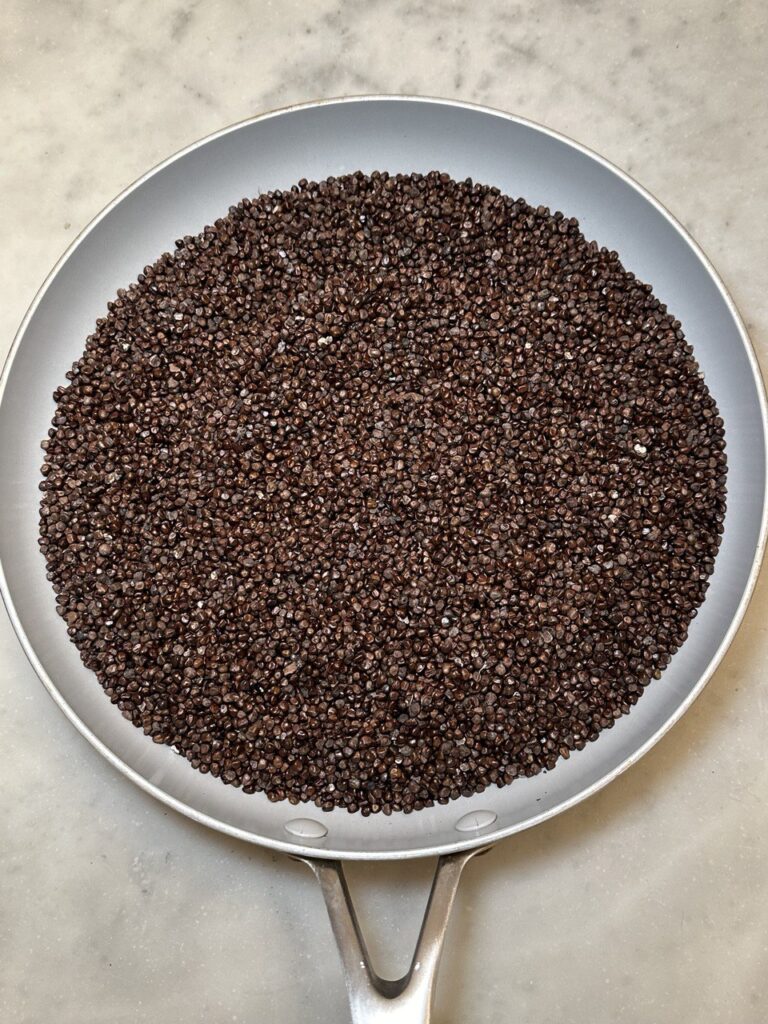
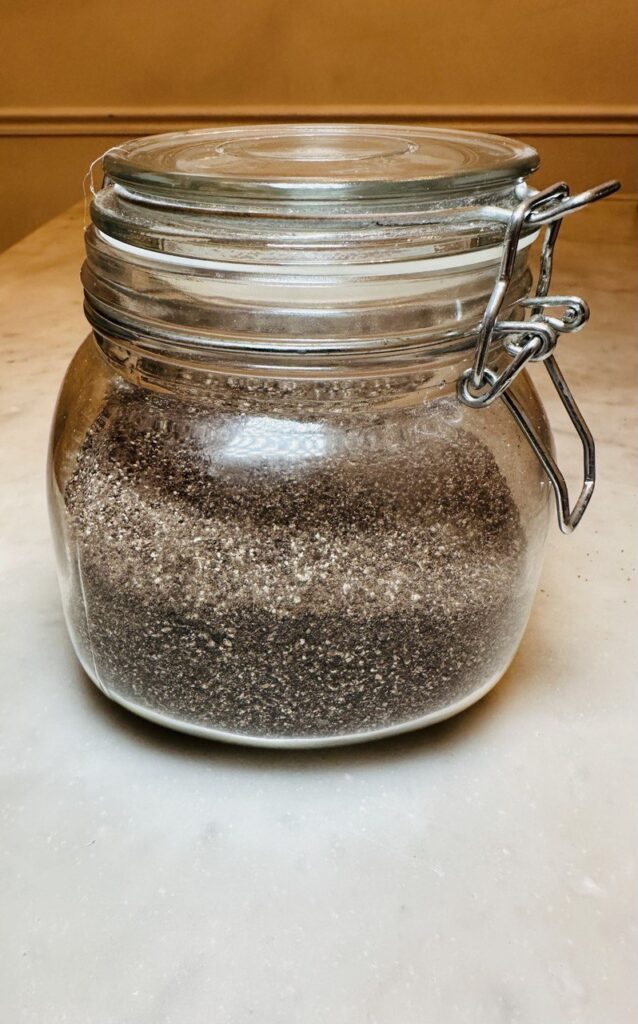
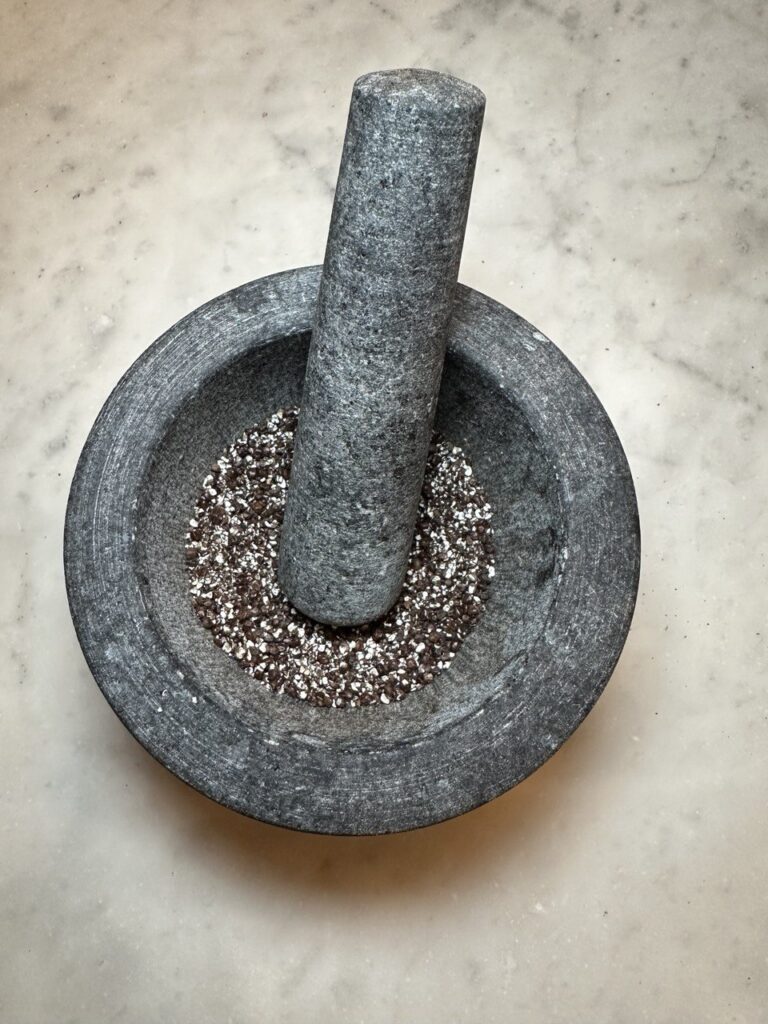
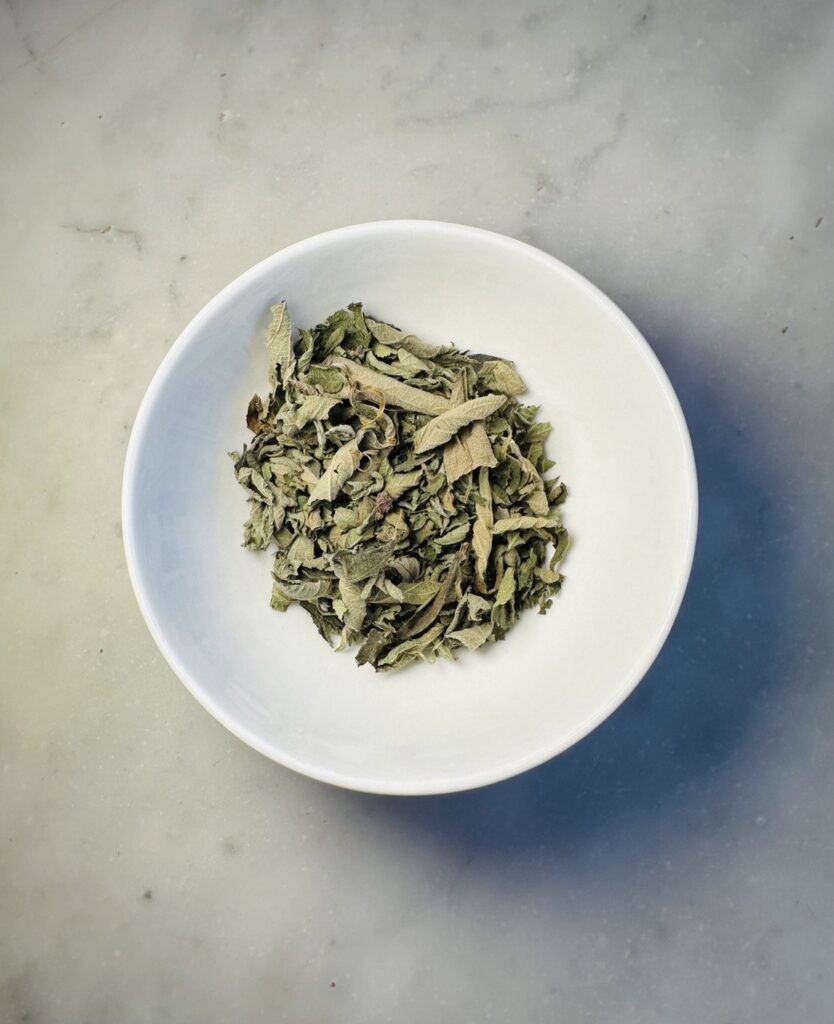
Instructions:
1. Start by roasting the cardamom on low heat until they become fragrant. This will enhance the flavor of the cardamom. Once roasted, grind the cardamom to a medium-coarse consistency.
2. Mix the cardamom with melted butter in a saucepan. Let the mixture sit overnight to allow the butter to mature and absorb the cardamom’s aroma.
Note: The duration of this step may vary based on the weather conditions in your area. Adjust the resting time according to your preference and climate. If your area is cold, you can leave it out longer. This will enhance the flavor of the butter. Enjoy!
3.Melt the butter: In a medium-sized saucepan, melt the unsalted butter over low heat. Stir occasionally to ensure even melting and to prevent the butter from burning.
2. Add the spices: Lightly crush the cardamom pods to release their aroma. Add the crushed cardamom and a few koseret leaves to the melted butter. Stir gently to mix the spices into the butter.
3. Simmer and infuse: Increase the heat to medium-low and let the butter mixture simmer gently for approximately 45 minutes. This allows the spices to infuse their flavors into the butter. Stir occasionally to prevent the bottom from sticking.
4. Skim and strain: As the butter simmers, a foam will form on the surface. Use a spoon to skim off the foam and discard it. After 45 minutes, remove the saucepan from the heat and let it cool for a few minutes.
5. Strain the butter: Place a fine-mesh sieve or cheesecloth over a clean container or jar. Slowly pour the melted butter through the sieve to remove any remaining solid particles or spices. Discard the solids.
6. Clarify and store: Allow the strained butter to cool completely. It will solidify and turn creamy. Transfer the clarified butter into a clean, airtight container or jar. Store it in the refrigerator for up to 6 months.
Usage and Storage:
Ethiopian Clarified Butter can be used as a base for cooking various Ethiopian dishes or as a flavorful spread on bread. Its high smoke point makes it ideal for sautéing stir-frying, and deep-frying. Additionally, the butter can be melted and drizzled over roasted vegetables or used in baking for a unique twist.
Ensure the clarified butter is stored in an airtight container in the refrigerator to maintain its freshness and flavor. Before each use, allow the butter to come to room temperature or gently warm it to return it to its liquid state.
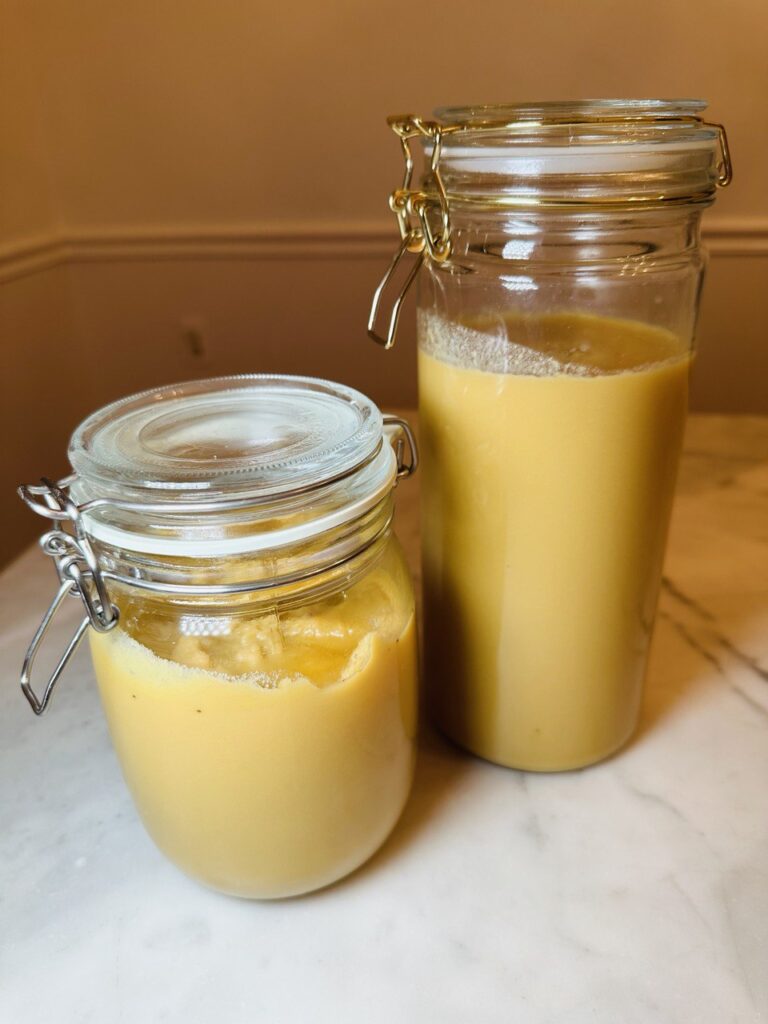
Making Ethiopian Clarified Butter, Niter Kibbeh, is a beautiful way to connect with Ethiopian culinary traditions and add a burst of flavor to your dishes. By using cardamom and koseret, you will experience the unique and authentic taste of Ethiopian cuisine. Remember, there are no strict rules when it comes to making Niter Kibbeh, so feel free to experiment with different spices and herbs to suit your preferences. Embrace the rich heritage of Ethiopian cooking and enjoy the delicious results of this homemade clarified butter. Stay tuned for my next recipe blog where i will show you how you can use Niter kibbeh with the famous Ethiopian Genfo and the Delicious Doro wot.



